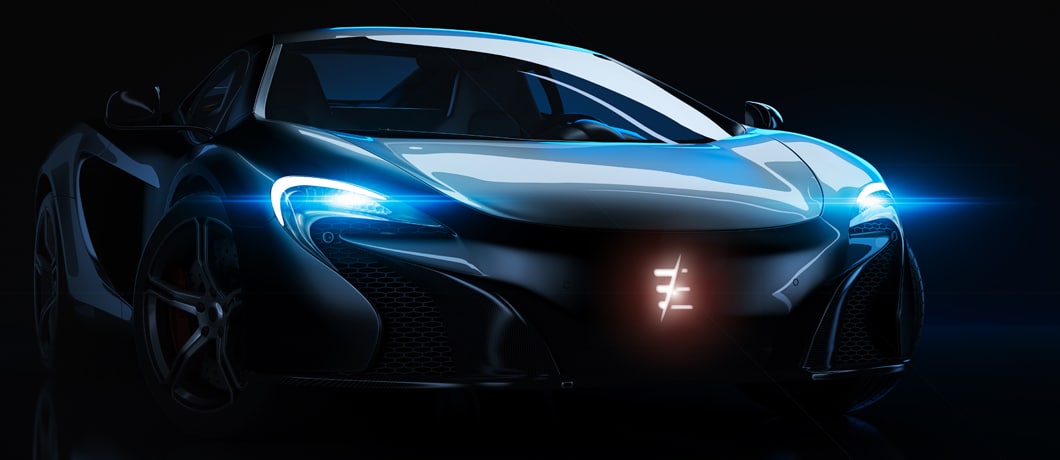The thing is, the ID.3, which is, according to car experts, a truly excellent car, was significantly delayed before it reached the market, leaving many electric car fans disappointed. New cars, especially ones that are based on entirely new platforms, are often delayed. But this delay was not due to the readiness of the car itself, but rather to the long delays from developing the software for the car.
Moving from hardware to software, in the automotive AND networking sectors
Cars, today, and especially electric cars, are no longer “hardware-centric.” Sure, cars are still mechanical beasts and you will not see, not even in sci-fi movies, a “virtual”, software-only car. But software became a major component of any car, and it is much, much more than just the infotainment system acting as the car’s GUI.
Car makers are hardware vendors. At least, the incumbent ones are. You may argue that Tesla, Rivian, Arrival, and such are software companies just as they are automakers, but when it comes to VW, Toyota, Stellantis, GM, Ford and the rest, software development as a core competence is a new thing that requires a significant DNA change in the way their organizations work.
From that perspective – the car and networking industries are very much alike…
The evolution of networking DNA
In networking, there are no moving part (not since the Strowger switchboard, anyway). Nevertheless, hardware was, and in some domains still is, the center of networking solutions. And just like in the car industry, networks have been undergoing significant disruption in recent years.
There is no “Tesla of networking” (yet… just wait for it and watch out for DriveNets J), but software is of an ever-growing importance for this industry, as it allows a much faster development of capabilities, features and service. Here is the catch, though. In order to leverage this agile nature of software, telecom vendors need to become software-capable. Much like incumbent car makers, many telecom vendors are struggling to change their “DNA” to a software-centric one. These vendors have the best practices and expertise when it comes to developing hardware but, often enough, even if the new hardware is ready (assuming the chip crises allows it), it cannot be sold to customers as the necessary software to run it is not yet ready.
From a customer perspective, these disrupting trends require some adjustment as well. When choosing and buying your next car, or network infrastructure, the parameters to consider and the vendors to evaluate evolve rapidly. Those domains are changing, and while evaluating the horsepower and torque of a vehicle was enough in the past, to make a decision today, you will need to take a look at its autonomous capabilities and connectivity.
This shift is also a catalyst for disaggregation, as it allows you to leverage hardware-centric vendors and their great capabilities and software-centric innovative vendors and the great benefits they can bring to your network. This is very true for networks, in multiple domains of networking, as we see major service providers quickly adapting to address today’s needs.
This is not yet the case in the auto industry, which still works in a vertically integrated manner. Even the greatest disrupter of the auto industry, Tesla, which is, in many ways, the “auto Apple”. But if you look at startups like Waymo (the “auto Google”, in more ways than one), which develops autonomous systems (but not the vehicle itself), or REE, which develops a modular vehicle infrastructure (but not the vehicle itself), you can get a pretty good sense on how disaggregation will look like in the auto industry, as well.
Download White Paper
Introducing Network Cloud: Transforming Service Provider Networks




